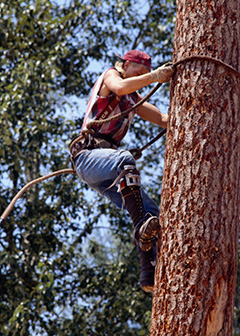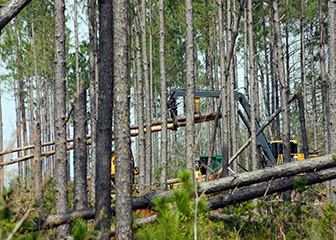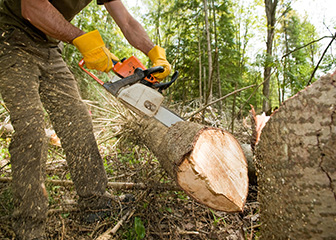Summary

| Quick Facts: Logging Workers | |
|---|---|
|
$32,870 per year
$15.80 per hour |
|
| High school diploma or equivalent | |
| None | |
| Moderate-term on-the-job training | |
| 53,200 | |
| 4% (Slower than average) | |
| 2,300 | |
What Logging Workers Do
Logging workers harvest thousands of acres of forests each year. The timber they harvest provides the raw material for countless consumer and industrial products.
Work Environment
Logging jobs are physically demanding and can be hazardous. Workers spend all of their time outdoors, sometimes in poor weather and often in isolated areas.
How to Become a Logging Worker
Most logging workers have a high school diploma. They get on-the-job training to become familiar with forest environments and to learn how to operate logging machinery.
Pay
The median annual wage of logging workers was $32,870 in May 2010.
Job Outlook
Employment of logging workers is expected to increase 4 percent between 2010 and 2020, slower than the average for all occupations. Logging workers should have good job prospects overall.
Similar Occupations
Compare the job duties, education, job growth, and pay of logging workers with similar occupations.
O*NET
O*NET provides comprehensive information on key characteristics of workers and occupations.
Contacts for More Information
Learn more about logging workers by contacting these additional resources.







